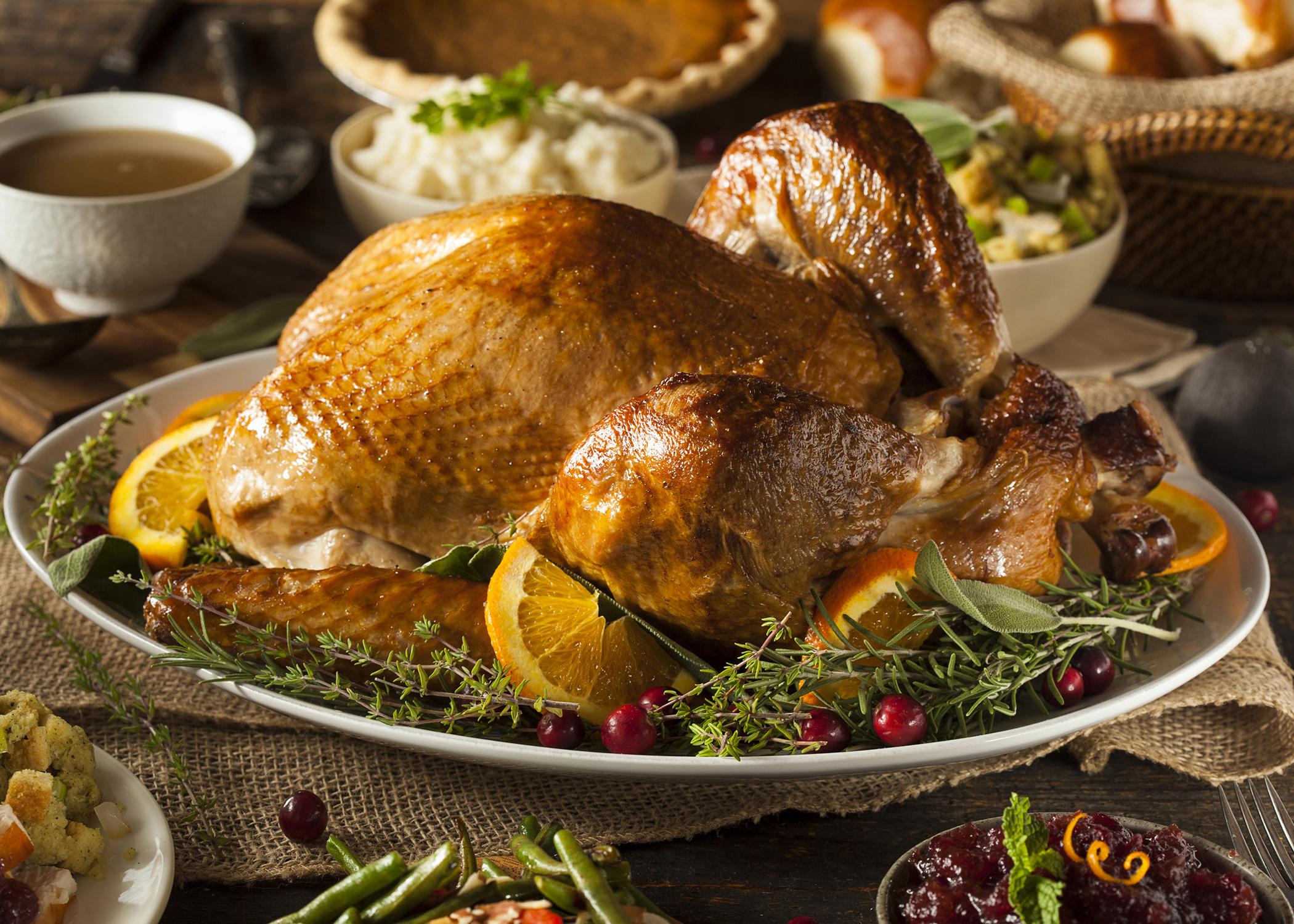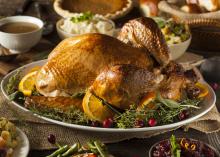Information Possibly Outdated
The information presented on this page was originally released on November 22, 2019. It may not be outdated, but please search our site for more current information. If you plan to quote or reference this information in a publication, please check with the Extension specialist or author before proceeding.
Careful prep can result in healthy, safe holiday meal
STARKVILLE, Miss. -- A few, simple preparations can mean the difference between achieving a healthy success or suffering a major disaster during the traditional biggest meal of the year.
Courtney Crist, assistant professor of food safety with the Mississippi State University Extension Service, said one common mistake in food preparation happens at the very beginning. She recommended not washing the turkey before cooking it.
“It is virtually impossible to wash bacteria off the turkey, and liquids that splash during washing could transfer bacteria onto surfaces in your kitchen, other foods and utensils,” Crist said. “Proper cooking will kill bacteria.”
Thaw the bird in the refrigerator, under cold water or in the microwave, but never thaw it at room temperature.
“Bacteria grow rapidly in the temperature danger zone between 40 and 140 degrees,” she said. “Thaw the bird according to the instructions on the label or by U.S. Department of Agriculture guidelines.”
And never rely on looks to determine when the turkey is done.
“All whole birds and poultry products should be cooked to a minimum of 165 degrees, and your bird is not safe to eat until it reaches this temperature,” Crist said. “Rather than rely on the pop-up thermometer that often comes inserted in the bird, use a probe thermometer to measure doneness and safety at the thickest part of the breast, the innermost part of the wing and the innermost part of the thigh.”
The main dish is not the only item that must be handled and prepared correctly. Crist said clean hands are a must. Hands should be washed frequently with soap and water, especially after handling time raw meat and poultry.
Another important element of a safe meal is avoiding cross contamination.
“Always separate raw meat and poultry from ready-to-eat foods, and use separate cutting boards, plates and utensils when preparing and serving food,” Crist said. “Keep hot foods hot with chafing dishes, slow cookers or warming trays, and keep cold foods cold by nesting them in bowls of ice or only serving small portions at a time, keeping the rest under refrigeration.
“Throw away perishable foods that have been left out at room temperature for more than two hours,” she said.
Natasha Haynes, host of the MSU Extension Service video series The Food Factor, said another way to make the Thanksgiving meal a resounding success is to keep it healthy.
“The average person will eat about 4,500 calories on Thanksgiving Day,” Haynes said. “With so many delicious foods available, it’s easy to get carried away and overeat, so portion control is very important.”
The cooks can help reduce the calorie count by making small changes to their recipes to make the dishes healthier.
“With some recipes, if it calls for a cup of sugar, you can use two-thirds of a cup. If it calls for a half cup of oil, use one-third a cup,” Haynes said. “You can leave salt entirely out of some dishes without detracting from the overall taste, and reduced-fat versions can replace some of the higher-fat ingredients such as cheese, milk and mayonnaise.”
There is typically enough stress on Thanksgiving Day just getting the meal on the table at the right time, so reduce anxiety by testing the changes to favorite recipes ahead of time to make sure they produce the desired texture and flavor.






